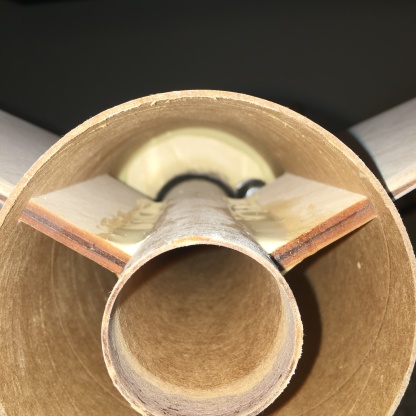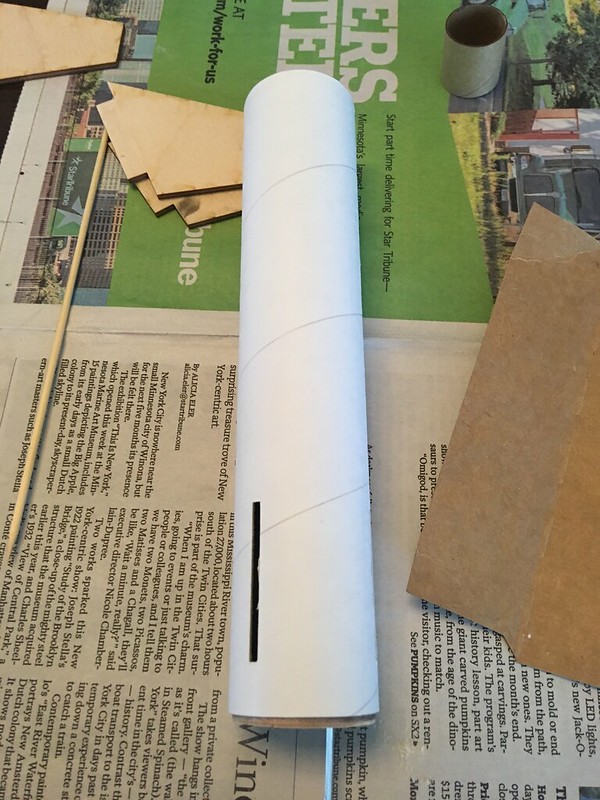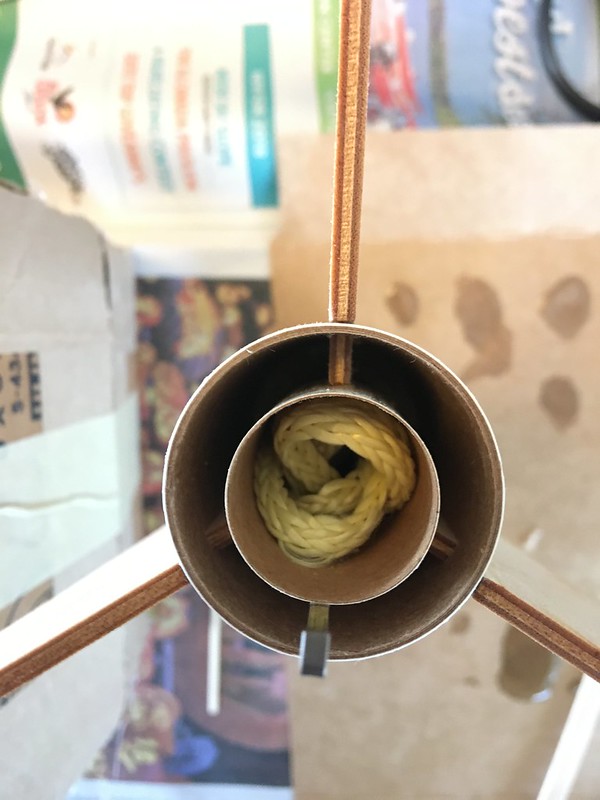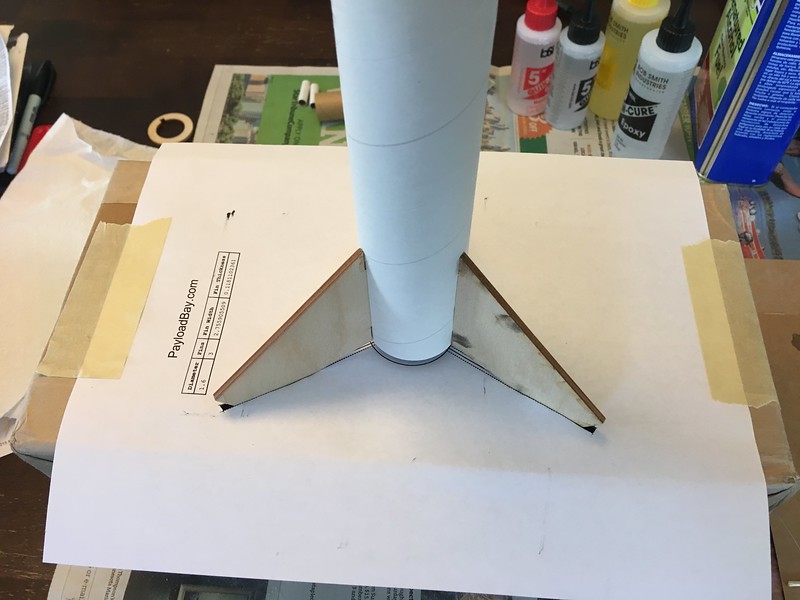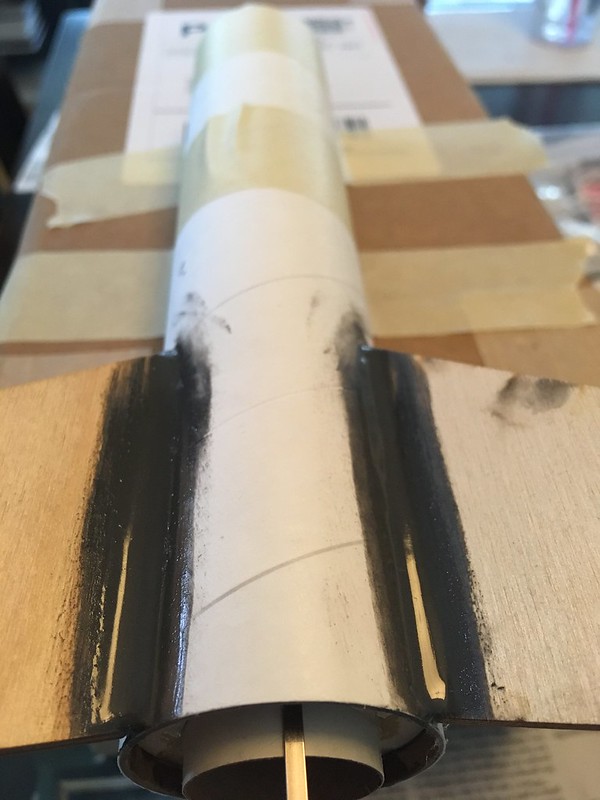I recently got the bug to try rocketry. I've spent the past week reading articles and watching videos, and I think I have a general gameplan to get started. Although there is still a fair amount that confuses me.
LPR doesn't interest me. I want to go loud and fast, and for multiple reasons I've decided to go with the Madcow ARCAS for my first rocket. Mostly, I think it's a beautiful looking rocket and I love the history behind it.
Right now the plan is to build the rocket, do a few flights on "low power" G motors, and then go for my L1 cert on an H. For this I'm leaning towards the Cesaroni brand, since for whatever reason their motor systems seem to make the most sense to me. What I'd like to do is to try and 'future proof' the rocket by building it with a 38mm 3-grain case, and then use spacers for the time being. Initial flights will be on 1-grain, cert and following flights on 2-grain, and then if I'm feeling saucy I can up to 3-grain motors.
I'm still trying to learn the specifics of motors and what I'd need, but that's the general plan at least.
Do I need an altimiter? I assume I'll be using the ejection charge from the motor for chute deployment - but I'd still love to have some telemetry numbers from the flight that I could load to a computer. Would an altimiter give that to me?
I'm also very intrigued with getting on-board video of flights - although I'm not finding much info about it. Would that even be possible with the ARCAS? I'm not sure if the ARCAS has an e-bay or not.
I know it says the ARCAS is dual-deploy capable, but I doubt I'd be wanting to take that on for my first build.
I've started reaching out to my local NAR group, and plan on attending their next launch party in a couple weeks.
Anyways, let me know if you have an comments or thoughts... or if I'm completely off base.
Thanks!





